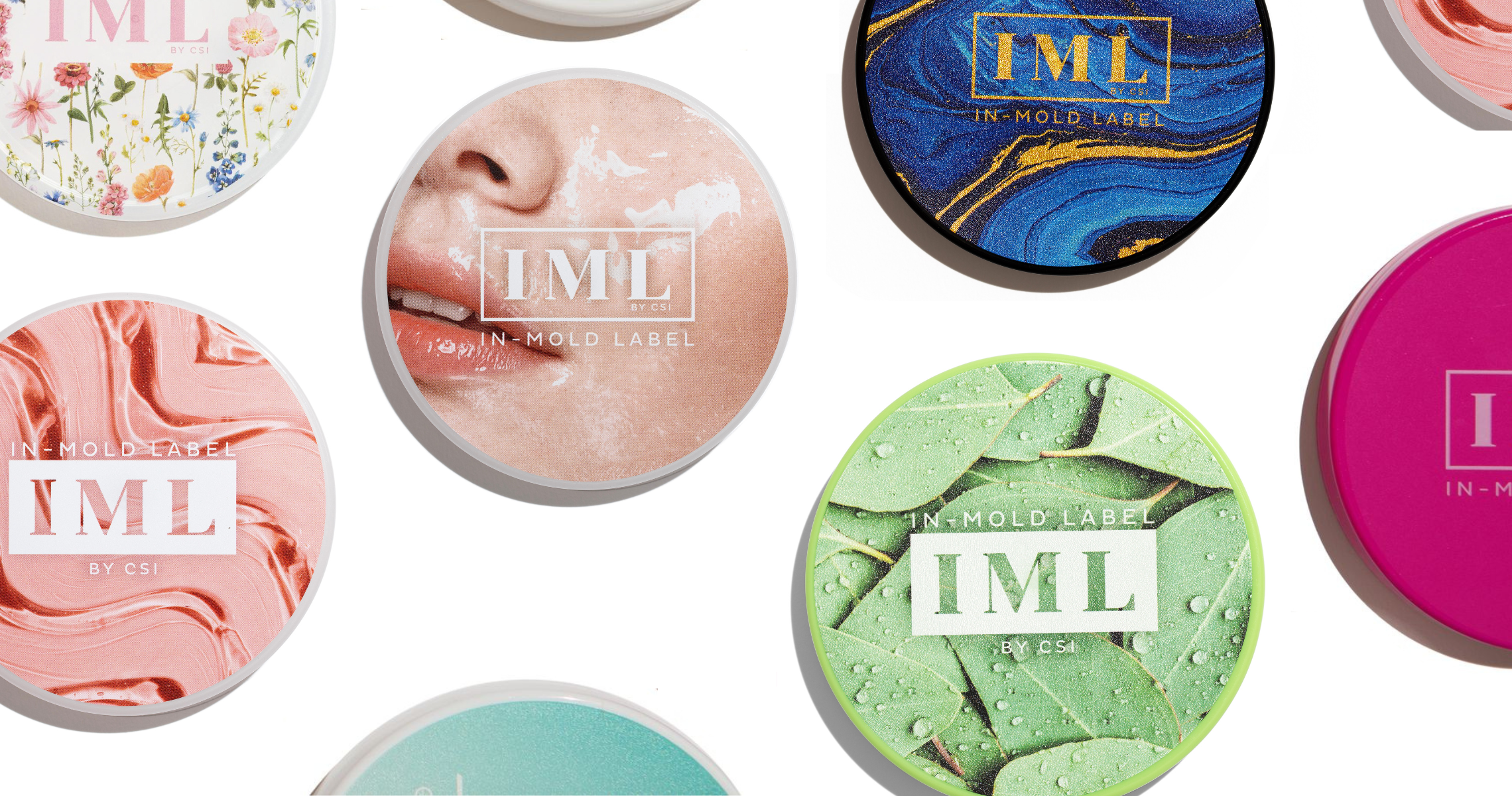The Impact of "How2Recycle's" New Polypropylene Labeling
![12[1]](https://csillc.com/wp-content/uploads/2023/11/121.png)
In July 2022, How2Recycle, the North American recyclability labeling system, announced it was upgrading the eligibility of rigid polypropylene (PP) packaging from “check locally” to “widely recyclable” in the United States.
This upgrade is a victory for The Recycling Partnership’s Polypropylene Recycling Coalition, which launched two years ago to engage stakeholders across the value chain to improve PP recycling. Due to their efforts and the data they’ve provided, they were able to get the labeling upgraded, and distributed $6.7 million in grant money to improve sorting and education.
Why it's important.
“Widely recyclable” indicates that at least 60% of Americans can rely on curbside or drop-off recycling. This change in The How2Recycle labeling system helps educate consumers on how they can reliably recycle their rigid polypropylene materials. The previous label designation of “check locally” meant fewer Americans had access.
The new label helps remove confusion, deterrents, and any perceived inconvenience to the consumer and will help to promote and encourage further recycling of recyclable PP cosmetics packaging. Because of the new labeling, curbside access to PP recycling is expected to improve for 8% of households. That change could impact 20 million people and increase the amount of recycled PP by approximately 25 million pounds a year. That’s an additional 25 million pounds of post-consumer resin that will be available to packaging manufacturers as a replacement for virgin resin.
“We’re committed to leaning in and taking action in support of the material, to push ourselves and the industry to a more circular future. The precedent we are setting for materials, coalitions, and innovations is exciting and hopeful. We encourage companies to join us as we continue to lean in and push polypropylene recycling to new heights.”
Why we're excited.
A majority of the products CSI produces are mono-material jars, caps and sealing discs primarily made from 100% polypropylene. That’s why the recent announcement from the How2Recycle® labeling program is so exciting! It makes recycling our components more achievable for the end consumer.

At CSI, we’re constantly engaged in conversations and efforts to make recycling our products more achievable. For example, our most premium decoration method, IML, or in-mold labeling, is more sustainable than traditional pressure-sensitive labeling. With IML, the label is pre-printed onto a separate, thin layer of polypropylene and molded seamlessly into the container or cap made of the same material, making the IML container and lid a mono-material package. This type of IML packaging, combined with the new How2Recycle status, will result in an easy, one-step, curbside recycling process where the label doesn’t need to be removed from the container.
Why it's impactful.
The work of The Recycling Partnership’s Polypropylene Recycling Coalition and the change in the How2Recycle® labeling of PP will help increase the amount of available PCR (post-consumer recycled) plastic materials that can be reground and used in new products. This is key to fixing supply chain issues, creating a consistent supply of PCRs to meet increased demand, and helping companies meet their sustainability commitments to using PCRs in their packaging.
At CSI, we incorporate as much recycled PP material in our products as technology will allow. Some of our customers are utilizing PCRs in amounts that make up 30-100% of their packaging. This eliminates the need for virgin resin in 30-100% of the package.
We’re incredibly encouraged to see this nationwide shift in infrastructure to support polypropylene. This is a great step forward in pushing us all closer to a true circular economy.
____
Click here to learn more about our sustainability practices.
